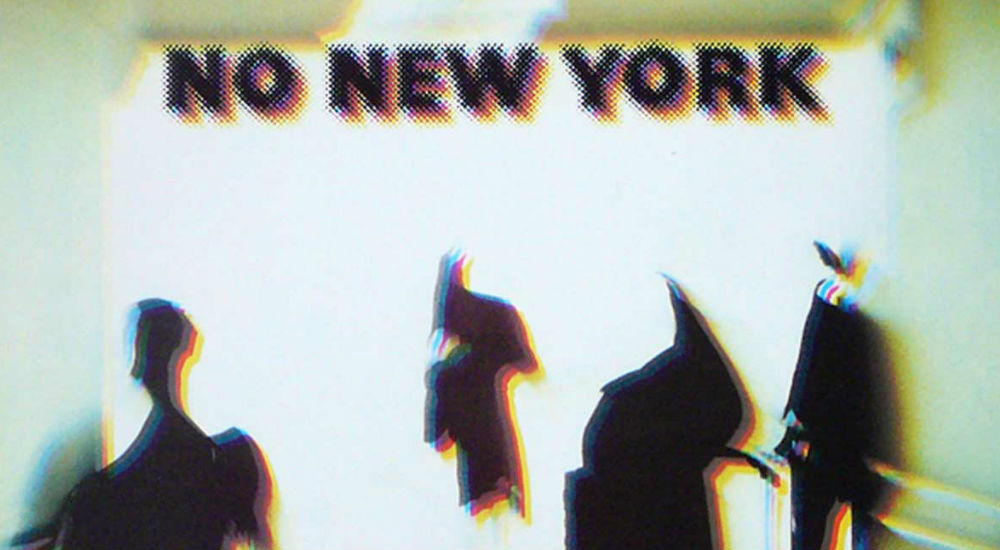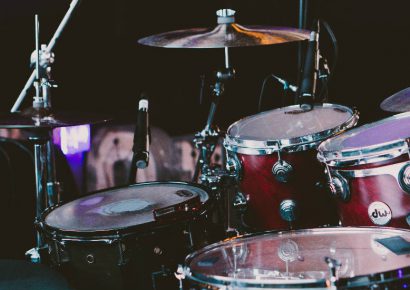The music created was supposed to be a break in many ways from punk’s origins in 1950s rock ’n’ roll, while still maintaining the spirit of punk. If anything, the music of bands such as Suicide, Mars and Teenage Jesus & The Jerks can be seen as a purposeful deconstruction of rock ’n’ roll, reducing guitar and vocal sounds down to a basic noise, with a decidedly anti-commercial attitude and European avant-garde leanings. Musically, inspiration came from The Velvet Underground, John Cale, Metal Machine Music, free jazz, Ornette Coleman, Sun Ra, Yoko Ono and Suicide themselves who, having formed in 1970, predated the rest of the no wave bands by several years. “If you have to find out who the godfather of no wave was, it was Alan Vega,” said Glenn Branca in Marc Masters’ book No Wave.
“No wave artists made art that was about boredom,” wrote Masters. “That dared to bore people, and that attacked people for being bored, jolting them out of complacency to confront the fact that convention was sedation. In the process, they insisted boredom could be interesting.”
The name itself came about when Brian Eno, who was in town to produce the second Talking Heads album, organised an album to be made featuring a collection of bands that he had witnessed performing there in 1978 to showcase a style of punk that was decidedly different to what the UK artist was used to in England. The record was titled No New York, a name taken from a song by James Chance & the Contortions that was subsequently distilled to ‘no wave’ and adapted for use in the scene of which it was spotlighting. It should be pointed out that the title has also been attributed to Lydia Lunch who, when asked in an interview if her music was new wave, reportedly responded, “More like no wave.”
“I think the aims and methods of each band were quite unique,” said Bad Seeds drummer Jim Sclavunos in No Wave, who was himself a former member of four different no wave bands. “However, one common aspect to all the bands was their auditory roughness: harsh, strident instrumentation, dissonance and atonality to some degree. All of the bands had somewhat alienating stage presentations. Audiences were subjected to random outbursts of violence or cool obliviousness or disdainful hostility, sometimes all of the above.”
Teenage Jesus & The Jerks chose to challenge expectations by refusing to move around onstage or incite the audience in any way. In fact, it has been said that frontperson Lydia Lunch kicked James Chance out of the band for being too entertaining, a decision which may have influenced the confrontationally physical style of his shows with subsequent band James Chance and the Contortions.
By the early 1980s the bands, filmmakers and painters that had associated themselves with the no wave movement had largely moved on, though their influence can be easily traced through the noise rock of subsequent bands such as Sonic Youth, Swans, Einstürzende Neubauten and The Fall. The nihilistic and impressionistic attitude of no wave also influenced several notable visual artists, including Keith Haring, Jean-Michel Basquiat and Jim Jarmusch.
In recent years, Sonic Youth’s Kim Gordon has become one of the most vocal celebrators of no wave’s legacy, in particular with her experimental noise duo Body/Head, whose 2016 album No Waves references the genre. “When I came to New York, I’d go and see bands downtown playing no wave music,” said Gordon in a 2013 interview in Elle.
“It was expressionistic and it was also nihilistic. Punk rock was tongue-in-cheek, saying, ‘Yeah, we’re destroying rock.’ No wave music is more like, ‘No, we’re really destroying rock.’ It was very dissonant. I just felt like, ‘Wow, this is really free. I could do that.’”

